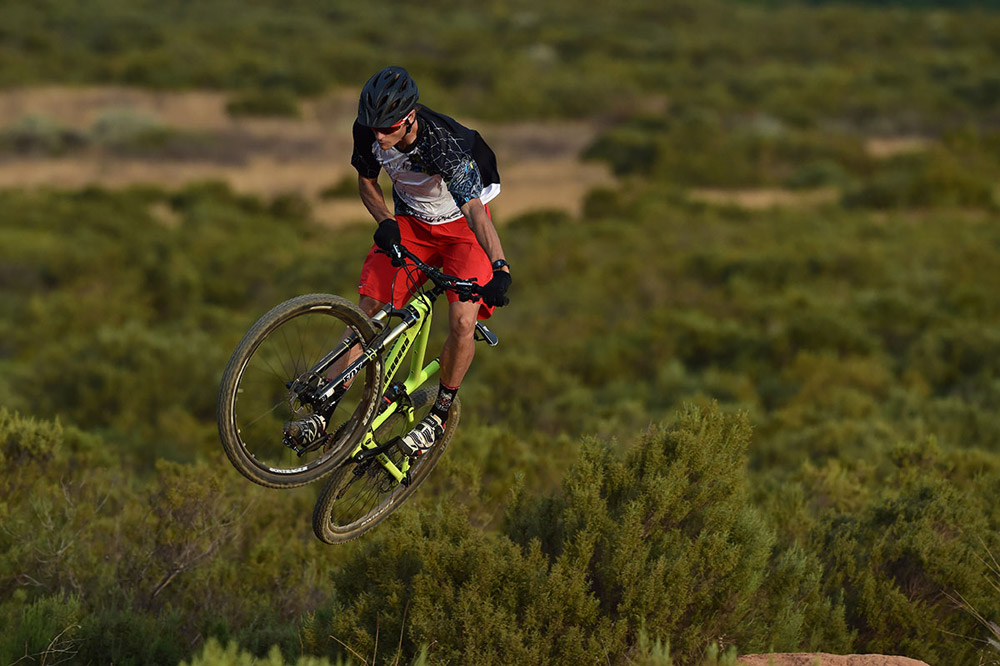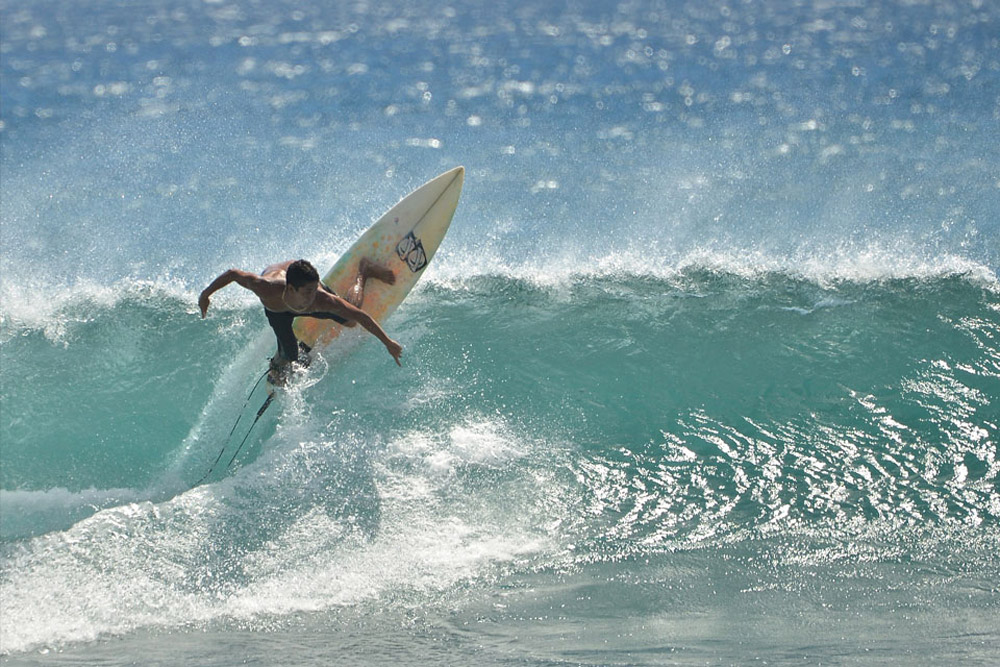By : Nikon School Blog | 23 May, 2018 |
Photographing sports requires the same passion that sportsmen put into their sport. The rush that a photographer feels when he has nailed the perfect sports action is no less than what an athlete feels while crossing the finishing line, or a gymnast finishing a perfect jump.
However, being a sports photographer is a long process. Years of experience, and thousands of failures create a sports photographer with the right instincts, timing and technical expertise required for the job.

Sports is all about speed, and the sports photographer has to look for moments which will define a sports event. Therefore, most of the times, sports photography requires fast shutter speeds, and equipment that are upto the speed of the action being photographed.

Most sports moments are shot with shutter speeds over 1/500. Of course, the faster the action, faster the shutter speed needs to be. Olympic level sports may require fastest shutter speeds your camera can offer. Nikon DSLRs like D5 or D500 are perfect for these situations as their shutter speeds go up to 1/8000 second.
Sports photography also requires continuous shooting as the event needs to be captured during various stages. This requires cameras that can shoot very fast. DSLRs like the D5, D500, D7500, D850 and D750 are all capable of shooting very fast. With frame rates ranging from 6 to 12 fps (frames per second), all these Nikon DSLRs are perfectly suited for sports photography. ( depending on camera model and certain conditions)

Modern sports events are often held under artificial lights. Using fast shutter speeds in challenging light requires the use of high ISOs. While this might have resulted in noise related issues in the last decade, the present range of Nikon DSLRs are designed to give amazing picture quality even at high ISOs. This has made shooting sports events much more comfortable.


When your subject modes very fast, as in all sports events, the focusing needs to be very fast too, and accurate. The current Nikon DSLRs are designed to provide very fast and accurate autofocus. With new features like group area AF and a much larger number of focus points than before, these DSLRs keep very fast moving subjects in focus.


Like every other genre of photography, sports photography also relies a lot on lenses. Though we associate super telephoto lenses with sports photography, there are many lenses that can be used, depending on the nature of sports to be shot. While zooms like AF-S NIKKOR 70-200mm f/2.8G ED VR II, AF-S NIKKOR 80-400mm f/4.5-5.6G ED VR or AF-S VR Zoom-Nikkor 200-400mm f/4G IF-ED are very popular, prime telephotos like the AF-S NIKKOR 300mm f/4E PF ED VR, AF-S NIKKOR 400mm f/2.8G ED VR, AF-S NIKKOR 400mm f/2.8G ED VR and AF-S NIKKOR 400mm f/2.8G ED VR are also widely used. The AF-S NIKKOR 200-500mm f/5.6E ED VR or AF-S NIKKOR 180-400mm f/4E TC1.4 FL ED VR are also gaining popularity as sports photography lenses.
Even wide angle lenses can be used to show an arena or bird’s eye view of a sports event.


There’s a lot of scope for creativity in sports photography. Motion blurs, high speed flashes, and techniques like rear curtain sync and experimenting with angles can be used to create interesting sports images.

Unless you’re a press photographer covering a national or international event, try to reach early and get a good spot that will give you an unrestricted view of the events.
If you want to cover a school or college sports event, talk to the organisers in advance to gain close access to the events.
